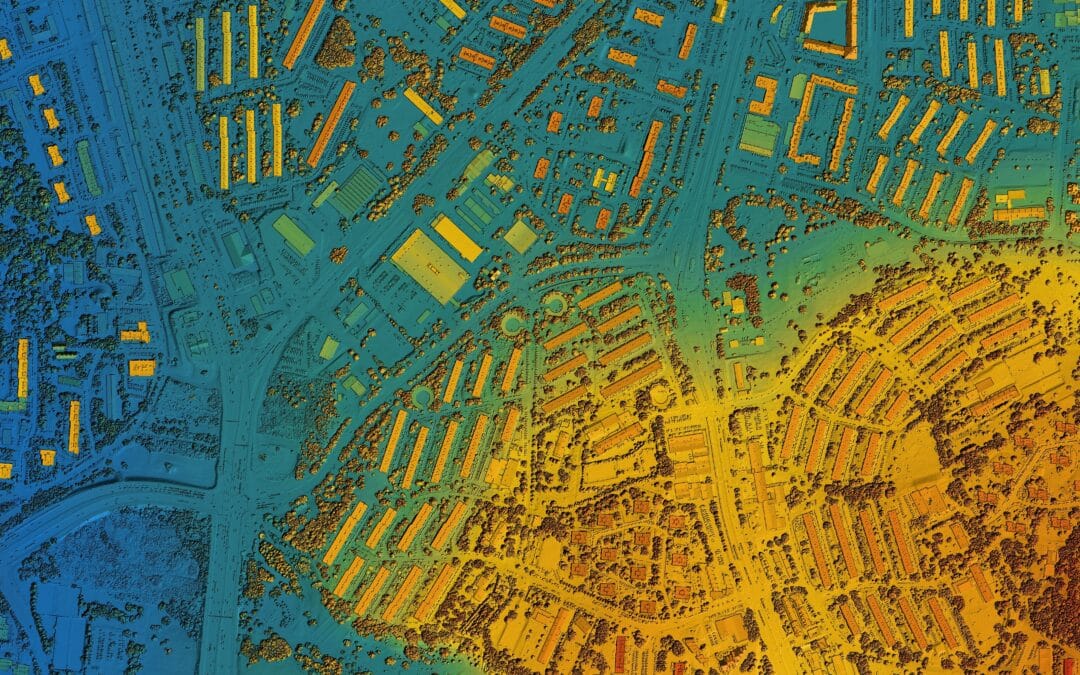From Hollywood to Wall Street, the term artificial intelligence (AI) is an agenda item. Everyone wants at least one peek into how AI will impact their business or industry. It probably comes as no surprise, then, that the giant data company Salesforce is been dedicated to the advancement of AI, launching a $50 million fund to invest in startups deploying such technology last year. Salesforce is so devoted to the concept of AI in business you will find a piece of AI software attending the company’s weekly senior staff meeting. Their software, fondly named Einstein, is asked to chime in with its own findings after the executive reports have been given.
Real estate businesses of all types will be affected by AI. The question is, will you see it coming?
AI continues to evolve and take on many different facets. Recently you may have heard the terms Natural Language Processing (NLP), Deep Learning, Machine Learning, face recognition, or predictive analytics. Each concept was developed with the cumulative goal of making a machine think and learn. Simply put, the idea is to teach your computer to be smart and act like a human. This practice raises questions, however:
• How will it change jobs and augment abilities?
• With the large dominant technology industries rushing in, will AI represent a winner-takes-all impact on our future?
We have witnessed the advancement of machines to store quantum sizes of big data and processor speeds increase at the same rapid pace. Our business and personal lifestyles have fed the insurmountable amount of data received and processed over the past two years.
The large wealth management firms have invested in robo-style tools such as automated exchange trades and fund portfolios. The move is intended to diversify their commitment to cater to client needs and place more focus on value added services and client relationship advisors who can share in the analysis and offer consultations. In cities nationwide, we are seeing purposeful AI and sensors assisting planners and developers in making better use of space. All of these developments directly affect investors competing for space, deals, and “head-space” in the investment sector.
Meet the Internet of Things
The Internet of Things (IoT) may be best simplified by stating computers will not be the only things collecting data about you anymore. Every device linked to your IoT is a potential collector.
For example, sensors were used on a project in Redwood City, California to ease complaints on parking. Sensors added to nearby lots found some 50 percent full and were able to not only help with parking demand but track traffic flow to better understand the peak times of the busy garage. Data like this adds to the comprehensive picture of value for a property and can guide future development.
Another project that began in Chicago named the Array of Things involved adding sensors to not only monitor infrastructure but to gather “open air data,” information that is freely available for collection with the appropriate tools and becoming more accessible as AI continues to evolve. The project counted pedestrians, cyclists and vehicles while taking air quality measurements, and that information can now be used for a variety of purposes, including development, business decisions, and policy formation.
Compiling Data About Physical Land
As AI evolves, our ability to learn more about our clients, consumers, and target markets evolves with it, as does our ability to learn more about the physical land that previously was largely unreachable. For example, drones, wheeled robots, and autonomous underwater vehicles are being implemented to collect images for inspections from gas pipelines, coolant towers and oil refineries and to even take sea floor samples of locales unreachable by humans. When combining these images and feeding them into systems designed for cutting edge learning systems, they can be taught to guide the vehicles to the same location and analyze for possible defects.
Similarly, traditional bridge inspections involve many safety issues and unique challenges. Engineering companies have been reluctant to adopt new methods that they cannot verify and re-verify the accuracy of the testing. With the advancements being made in some areas of drone technologies, there has been a bit of progress. It has become an additional tool to reduce time and increase effectiveness in their reports. Some natural uses were oil pipe lines, crack inspections, and mastering the ability to locate leaks in hard to reach areas. As the technology improves expect to see more use of these imaging tools.
A New Age for Building Management
AI and associated technology can also assist by giving us different views on traditional construction and development. Drones were deployed when a new stadium was constructed in California. By taking the footage they were able to feed the images into software that analyzed and compared it to the architectural plans. To better enable milestone scheduling variances. It was indeed helpful in highlighting problem areas and to better understand deviations and improve efficiencies.
New technology can be used to assess physical structures as well as land. Thermal imaging software has been around for over 50 years and as in most cases the technology was cost prohibitive for most business use. Limited at one time to mostly military use, we now see the sophisticated civilian uses which parallel to advancements in quantum data collection. Images that can be used for immediate diagnosis or processed through specialized software to assist with evaluation, accuracy, and detailed reports on buildings. For example, building inspectors are using the latest technology to measure the moisture levels in bricks to determine possible leak sources after studying the areas after a rain. Some infrared (IR) cameras are used specifically in areas that trace moisture not visible to the naked eye and can confirm excessive moisture to assist in determining where a house might be compromised with leaks or water intrusion.
Real estate investors should not overlook the very practical ways the IoT could benefit them when it comes to building management, land assessment, and future development. Sensor-enabled data will revolutionize the building industry in the future, and that process has already begun today. Understanding how to access this data and where to look for it will positively affect your returns both now and far into the future.
Linda Liberatore is the founder and CEO of Secure Pay One and a Think Realty Resident Expert. She may be reached at lindal@securepayone.com, and her materials may be viewed online at thinkrealty.com/Linda.
























0 Comments